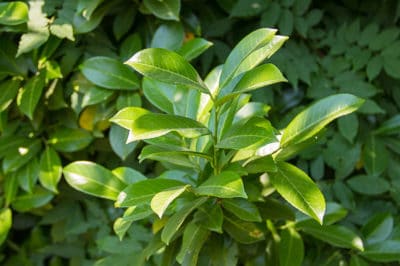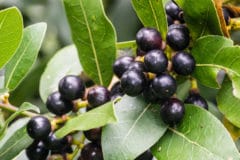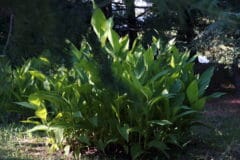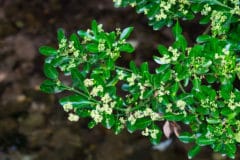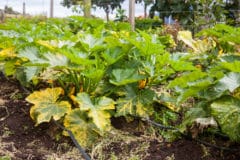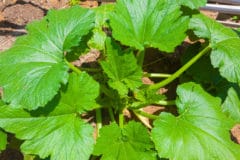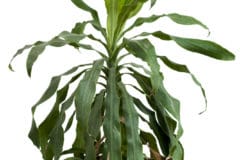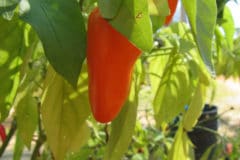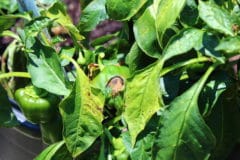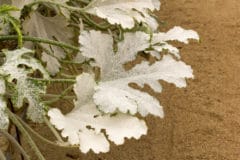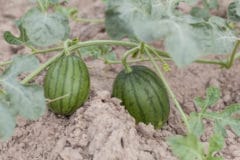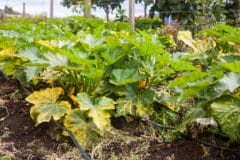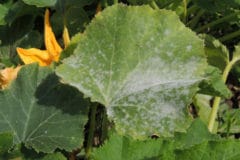Origin
Bay Laurel is an evergreen, deciduous shrub. Its prominent feature is its waxy aromatic leaves. Native to the Mediterranean, Laurel Nobilis is sprinkled throughout Greek, Roman, and Biblical culture. Around 10,000 years ago, the great laurel forests that once covered much of the Mediterranean basin retreated as the climate dried. It’s found commonly as an ornamental plant, hedge, and topiary.
Growing Bay Laurel
Laurel grows best in USDA hardiness zones 8-11. It prefers soils on the acidic side and can withstand a slight drought, although a lack of water leaves it vulnerable to disease. Outside of these zones laurel does extremely well in containers, where it can be moved and protected from temperature extremes. Native to rocky slopes, container mixtures of one part cactus mix and one part potting soil seem to work best.
Bay is an extremely slow growing plant, taking between 10-30 years to flower. Once mature enough, it will flower in the spring. Flowers are pretty but inconspicuous. Female plants produce dark purple berries that are used as a fragrance, medicinal. They are a favorite snack among birds.
Harvesting Bay Laurel
Bay Laurel leaf is a staple spice in kitchens around the globe today. Eaten fresh it tastes bitter, but those compounds are eliminated through drying. Typically, one or two dried bay leaves are added to a sauce, stew, roast, or other dish whole and then removed after cooking. Leaves of the bay laurel can be harvested at any time. Older and tougher leaves tend to be bolder in flavor than younger leaves.
Common Problems
For the most part Bay laurel is hardy and easy to care for. Some occasional disease or pest problems associated with Bay Laurel are:
- Mildew
- Woody Decay
- Borers
- Scales
When indoors in a container disease problems are minimal. Powdery mildew is a common issue in moist climates with both potted plants or plants in the ground. Typically this is a seasonal problem that resolves itself when conditions improve. Woody Decay is a rotting fungus usually transmitted through wounds in the plant leaves or green wood. Keeping plants healthy and intact will prevent decay.
Armored Scales are tiny shelled insects that attach themselves to your foliage. The introduction of predatory insects like parasitic wasps or lacewings will keep populations in check. Borers are as they sound, insects that tunnel their way into the wood to lay eggs. They injure younger plants, but will not kill established laurel plants. Prune infested branches to keep them from spreading.
